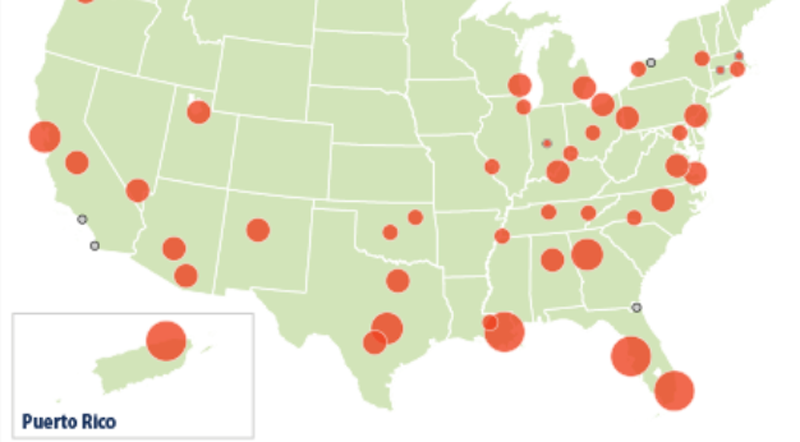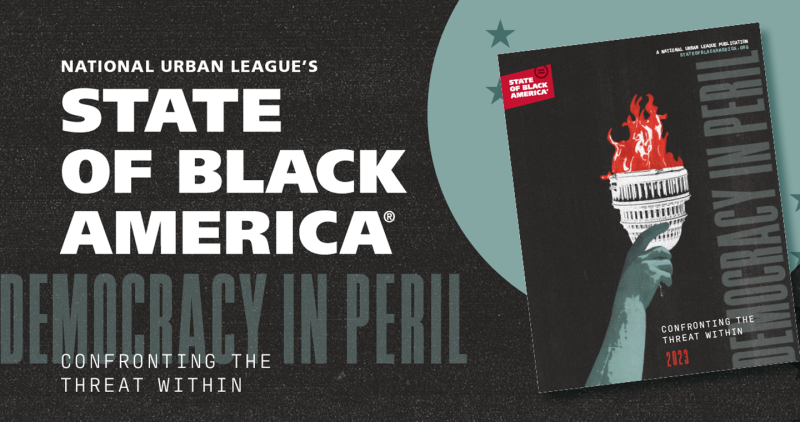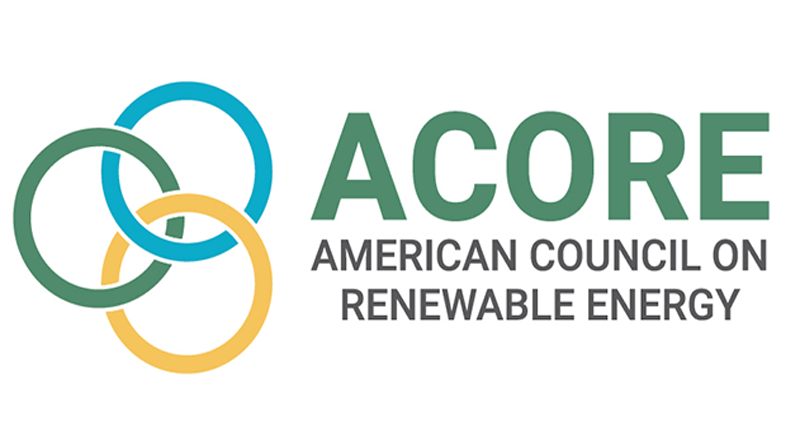No One Was Sentenced to Die by a Virus: A SAFER Plan for COVID-19 in US Jails & Prisons
The most dangerous place to be during a pandemic is inside a prison. Today, even a minor arrest could cost more than your liberty; it could cost you your life.
Behind bars, people are packed like sardines. In correctional institutions, it is impossible to follow CDC guidelines and “socially distance.” To make matters worse, most jails and prisons are notoriously filthy. Soap is hard to come by, running water is not guaranteed, and hand sanitizer– because of its alcohol content– is considered contraband.
Under these conditions, it should come as no surprise that COVID-19 is ripping through prisons and jails at up to 15 times the infection rate of their surrounding populations. If elected officials don’t act quickly enough, America’s 7,000 jails and prisons could turn into morgues
Because 40% of the 2.4 million people behind bars in the United States are Black, the pandemic in our prisons poses a disproportionate threat to African Americans.
Early on, we at the REFORM Alliance, along with our allies at the National Urban League, knew we would need to take bold and intelligent action on behalf of this easy-to-neglect population. To save lives and flatten the curve behind bars, we focused on three primary solutions:
-
Depopulate jails and prisons. Release people to home confinement who can come home safely. Since the start of COVID-19, we have seen the single largest decrease in the prison population in American history—but it’s not enough. Too many lives have already been lost. Many more need to come home.
-
Stop arresting people for minor or petty crimes. To minimize the spread of this virus, people should not get arrested for minor violations. This is an important step to reduce physical contact in our communities and minimize the number of people who enter and leave jails.
-
Surge medical and sanitation supplies into correctional facilities. Correctional facilities do not have fully equipped medical centers. As of late April, more than 70% of people living in federal prisons that have been tested for COVID-19 have tested positive. This is especially outrageous when considering the positive test rate in the general population is around 20% – and even that is considered extremely high. When COVID-19 hits a large portion of the population at the same time, individuals in need of medical support are transported to local hospitals. This additional burden to hospitals and health care facilities has already created a deadly shortage of resources in places like Illinois and Ohio where outbreaks have occurred.
It is impossible to defeat the virus outside prisons without also defeating it inside prisons. Correctional officers, food services personnel, and other staff travel in and out of these facilities multiple times per day. Their daily commutes home become potentially deadly ones that put their families and communities at heightened risk of exposure.
In response to this life threatening dilemma, the REFORM Alliance, in collaboration with the National Urban League and others, developed the SAFER Plan recommendations. We are working with the National Governors Association and governors in more than 25 states to implement the following recommendations while keeping communities safe:
1. Identify people scheduled to be released from prison or jail in the next six months and release them into home confinement, barring a specific reason against doing so. This is not a proposal to carelessly unleash a flood of danger onto our streets. To be clear, we are talking about individuals who aren't considered public safety threats by state correctional departments and parole boards.
2. Parole prisoners age 65 and over, with priority given to those with underlying health conditions that make them particularly susceptible to the virus. The data is consistent and clear: people over the age of 65 are least likely to reoffend. A U.S. Sentencing Commission study found that formerly incarcerated people age 65 or older recidivate at a rate of 13%, which is far lower than the national average of 68%.
3. Suspend copays for medical visits. It is a cruel and unusual punishment to deny incarcerated men and women, who can get paid as little as $0.16 per hour for their labor—like those making hand sanitizer for the state of New York—access to potentially lifesaving health care in the middle of a historic, national health emergency.
4. Make hand sanitizer and other personal hygiene products available to incarcerated persons free of charge. People behind bars should not be penalized for trying to protect themselves and others by using hand sanitizing products that may contain alcohol.
5. Implement safe, smart social distancing policies to protect the 4.5 million Americans under some form of community supervision. The requirement that people at low risk of reoffending report to their probation or parole officer during this pandemic in person should be suspended immediately.
The statistics tell a shocking story: nearly one out of 100 people in the United States is in a prison or a jail cell—and this state of affairs has come at a high social and administrative cost. Americans have grown far too comfortable with the large scale caging of substantial swaths of our population, allowing a justice system infamously riddled with injustice to casually steal away valued members of communities and their liberties.
The vast inequities and disparities exposed by our current crisis is a call to action. We should not want to return to normal. We should want to create a new normal on the other side of the pandemic that delivers justice in areas where we now find injustice; this includes re-thinking mass incarceration and committing to maintaining those pandemic-era reforms that prioritize public safety, common-sense justice reforms, cost-savings, and public health long after the virus has stopped wreaking its havoc.


 A Climate In Crisis
A Climate In Crisis

 Executive Summary
Executive Summary